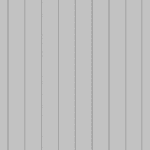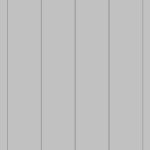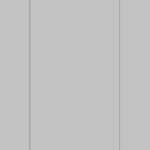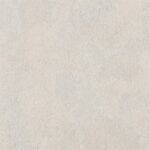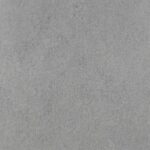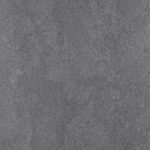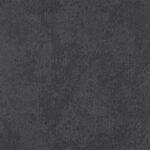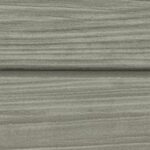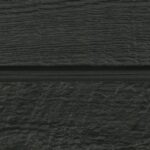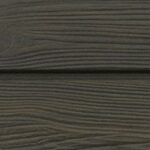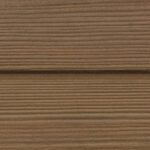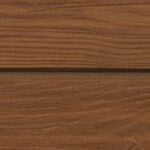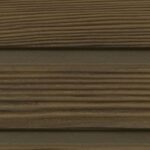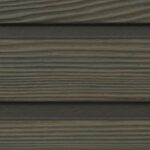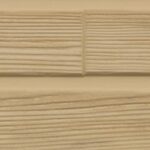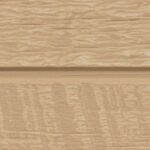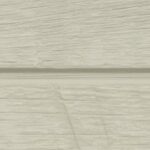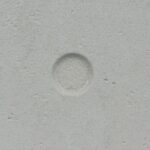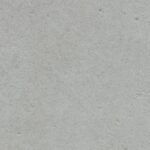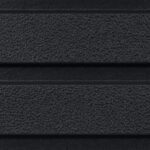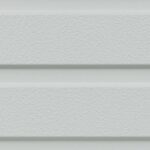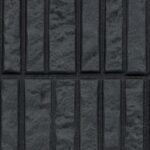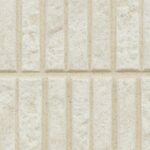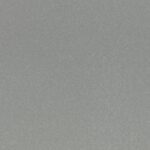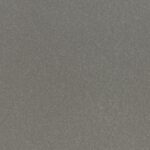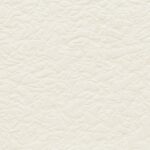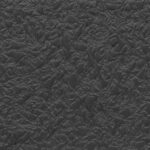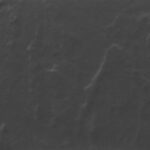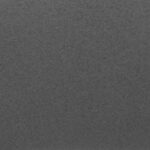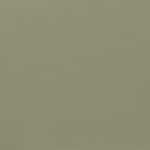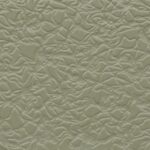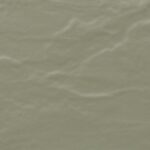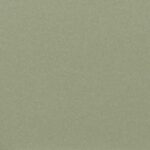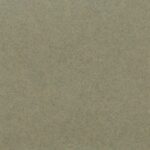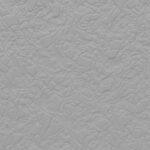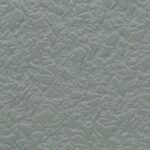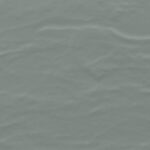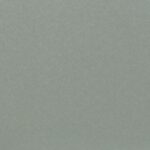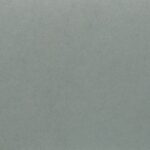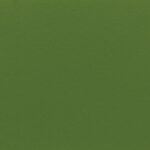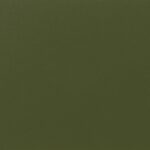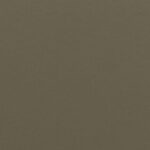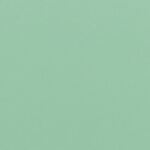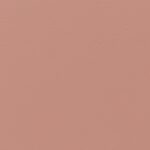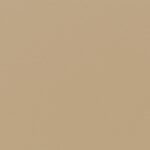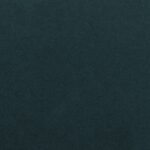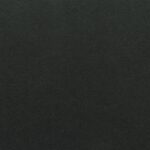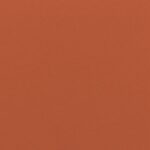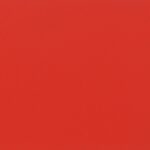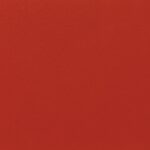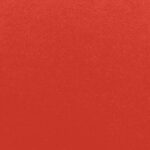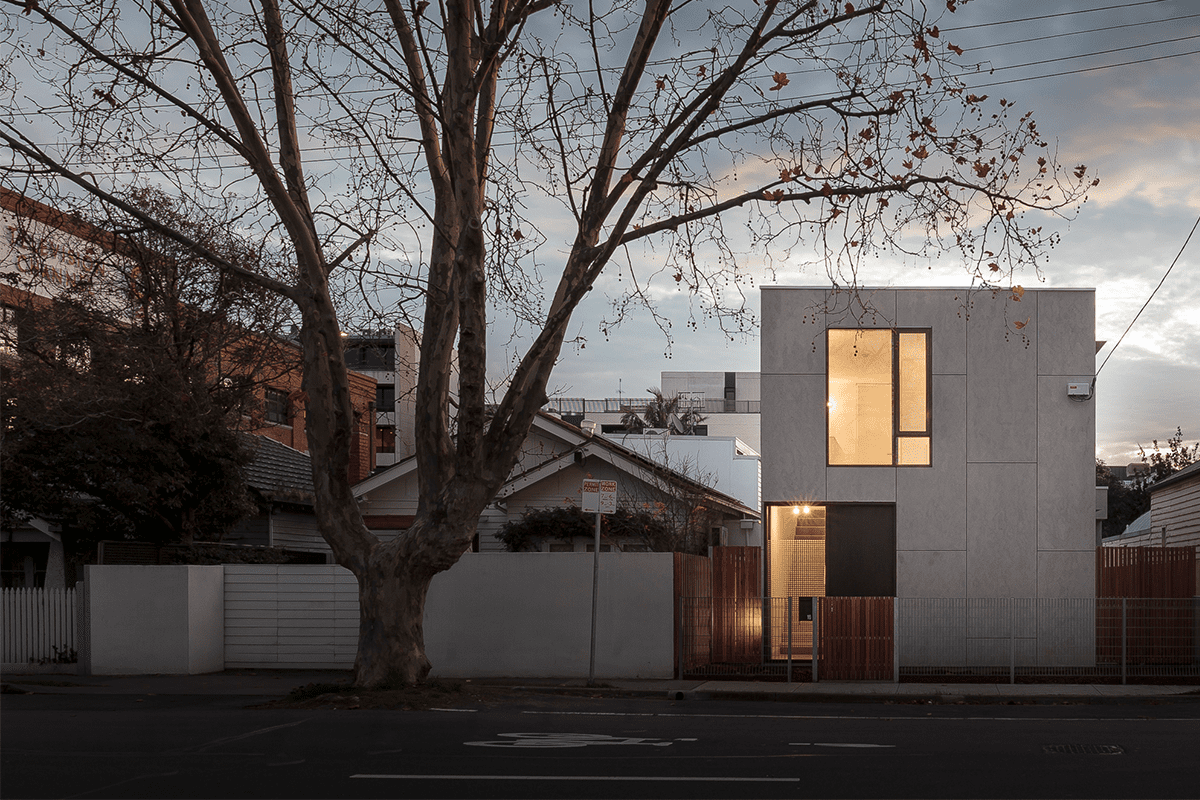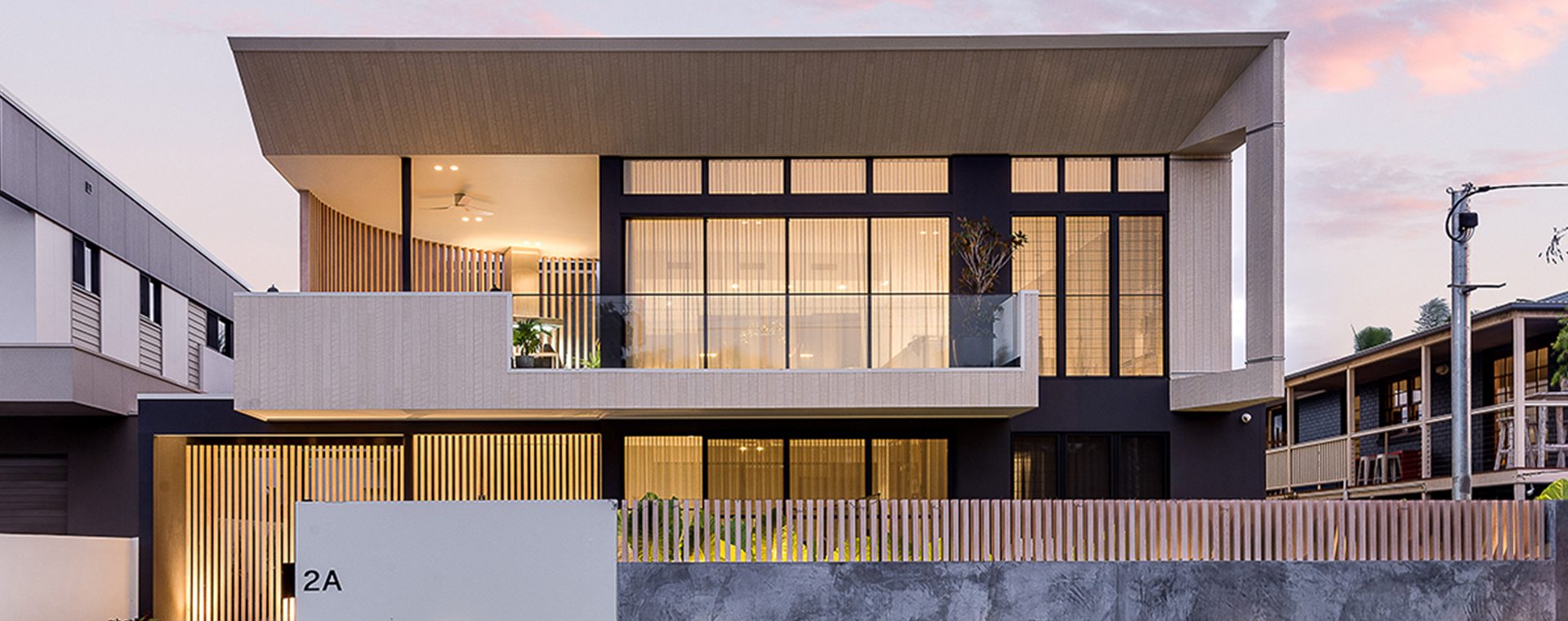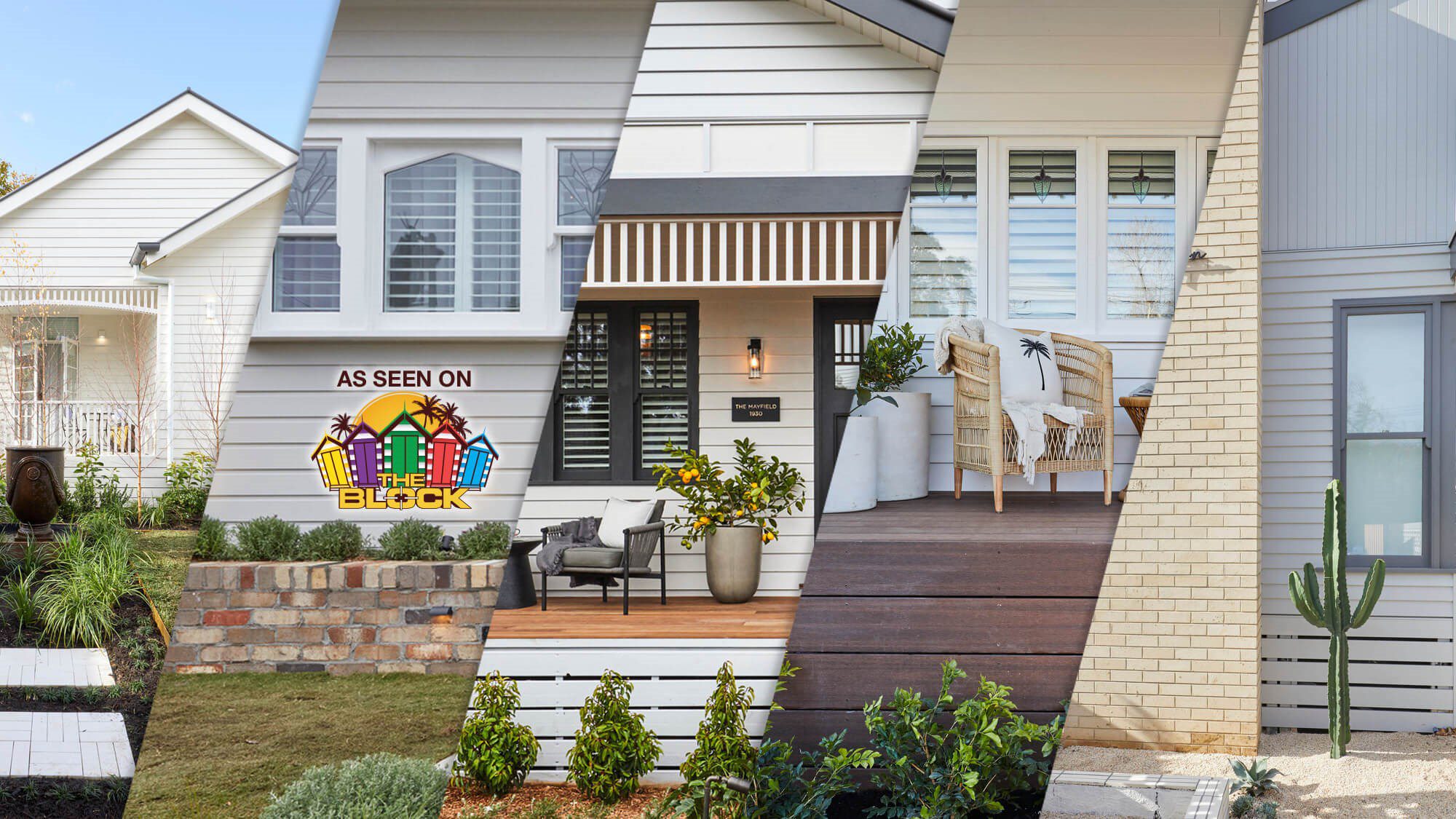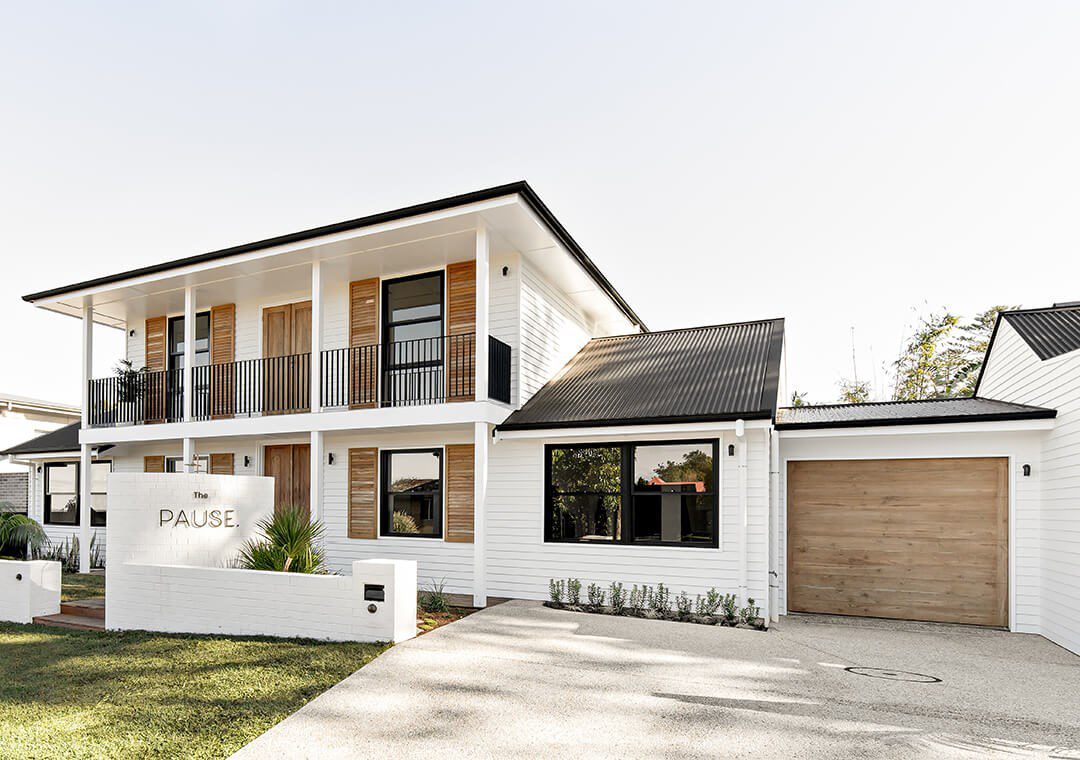External feature walls with head-turning style.
View our range of Feature Wall products below
Add exterior or interior style with feature wall cladding
Feature walls are a great way to personalise a home or draw attention to particular parts. On house exteriors, feature walls serve as part of a mixed cladding façade design. For interiors, cladding is an unusual choice. However, it’s a creative option that blurs the line between the exterior and interior.
Consider a house with an entirely white painted exterior. A feature wall made from stained timber cladding will add visual warmth and interest to the facade. The timber feature wall doesn’t need to be high maintenance timber. It can be durable Cemintel® Territory™ Woodlands Teak, Birch, or Cedar.
Imagine you’ve just moved into a new apartment. All the internal walls are white plasterboard. To create an industrial aesthetic, you need a concrete feature wall. Simply install Territory Quarry Urban Grey cladding or Barestone™ cladding to transform the space.
Cladding by definition is a decorative skin, which is perfect for feature walls, because they’re about adding decoration. Prefinished cladding products have the most appeal. That’s because they don’t have a brushed or rolled paint finish. They have compelling texture and colour variation.
Prefinished cladding is a lot more cost-effective as a feature wall than as a full wrap on a house. Geometric wall panelling with Surround™ or Barestone cladding are great features. Precise express joint layouts are a lot more achievable on a small scale too.
Sort
Frequently asked questions
-
What is decorative wall cladding?
There are many types of cladding. Those with render finishes are minimalist and make for subtle feature walls. Cladding with textures, lines and profiles are decorative and tend to work the best for eye-catching feature walls.
-
How do you install feature wall cladding?
External feature walls are straight forward. Install the cladding in the usual way, by nailing it to timber frames or screwing it to light gauge steel frames. The challenge, however, is to butt the feature cladding into the cladding which covers the rest of the facade. Sometimes they’re different thicknesses and there’s no off-the-shelf jointer.
The solution can be to use a fibre cement trim in between both cladding types.
Cladding on internal walls is easy to install because there’s no need to worry about water penetration.
Geometric cladding panels like Surround and Barestone are much easier to install on internal walls than they are on external ones. This can be done with timber battens and special adhesives.
One cost-effective cladding is Cemintel Edge Cladding. The large vertical joint sheets are fast to install and you can save money by not requiring labour to create set joints which is a multi-step process.
-
What's the difference between cladding and internal lining?
Cladding is comparatively heavy-duty and much more weather-proof than internal linings. Internal linings are mostly installed in dry areas. Whereas cladding must survive harsh weather conditions for decades protecting house interiors from water penetration.
-
What are some feature wall cladding ideas?
External cladding feature walls are placed around front entrance ways to make them grand. Current new home construction is on narrow lots. So, facades are dominated by double garage doors. Because of their size, that’s where people’s eyes tend to go.
Interesting feature wall cladding can distract from overly prominent garage doors and bring people’s attention to a beautifully designed entrance. All that’s required is some well-chosen cladding, lighting, and a little styling.
-
What is the best cladding for feature walls?
Cladding choice comes down to personal taste. First, understand the native style of the house and decide if you want to contrast or complement the style.
Here are a few styles and some cladding that goes well with them:
Hamptons style homes and other decorative coastal home styles work well with Edge vertical joint cladding feature walls. These can line outdoor entertaining areas, bedrooms, and hallways.
Industrial style homes suit a polished or raw concrete aesthetic. The best feature wall material is Barestone cladding for this look.
Scandinavian and Japandi styles work well with blond or whitewashed timber. Territory Woodlands Birch and Limed cladding are a good choice for these styles.
Even a standard home can benefit from the calming horizontal lines of Aspect Cladding as a feature wall. This works well on large scale walls. Perhaps it’s a long wall that extends beyond the internal living area and onto a balcony or patio. When used with wide stacking doors, it blurs the line between indoors and outdoors. This is often a design goal in the warm Australian climate.
Other applications
Residential
Commercial
Inspire
Latest topics, projects and people that help shape architecture, design, building and construction.
Speak to an expert
Simply complete the form to get in touch with one of our Cemintel experts.
